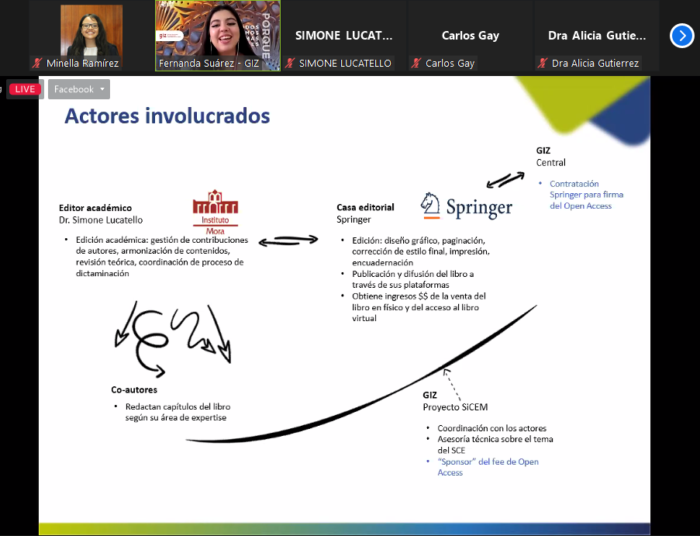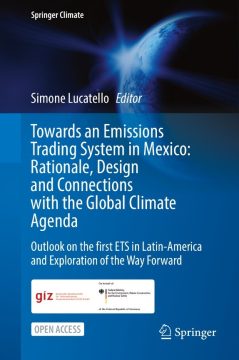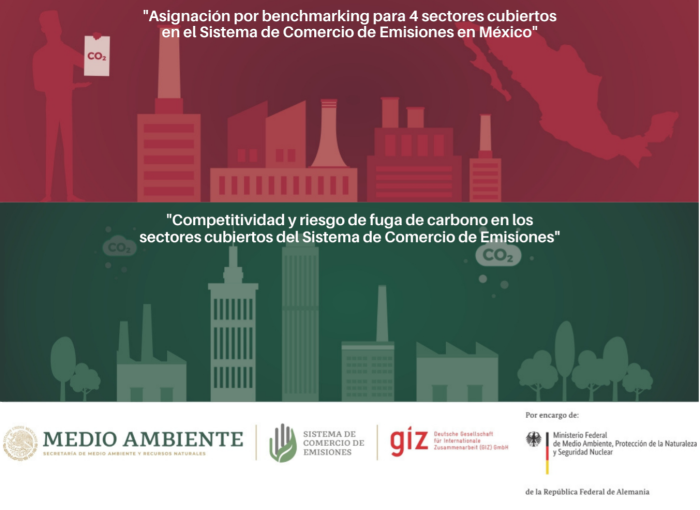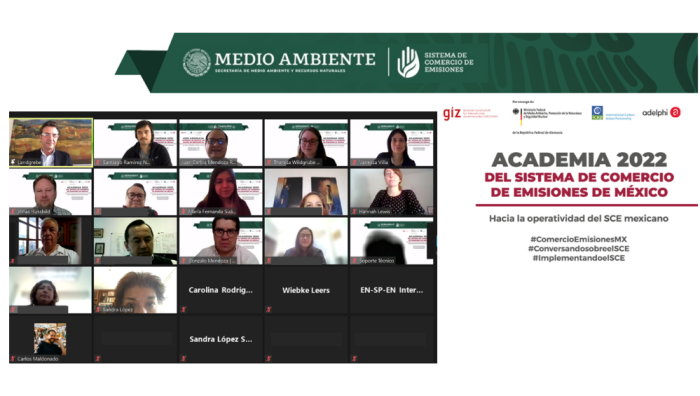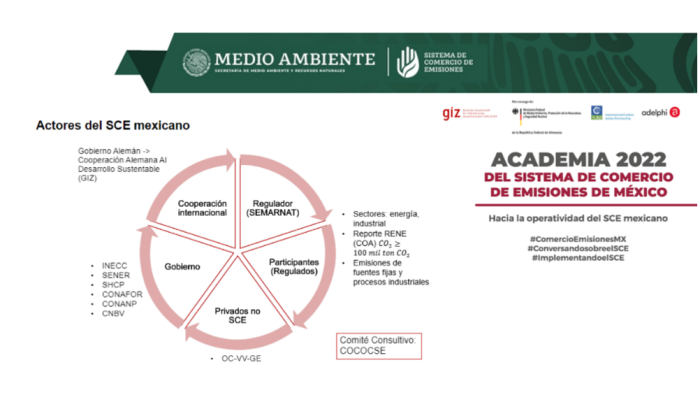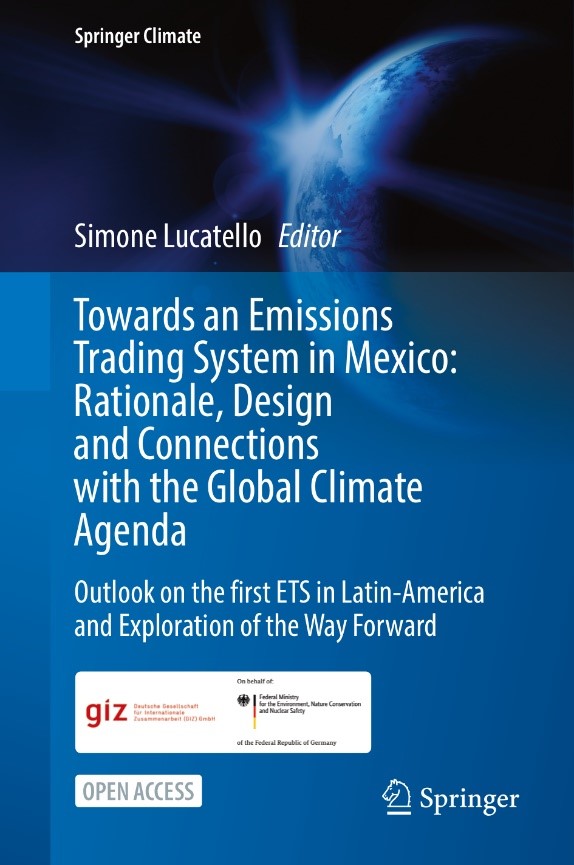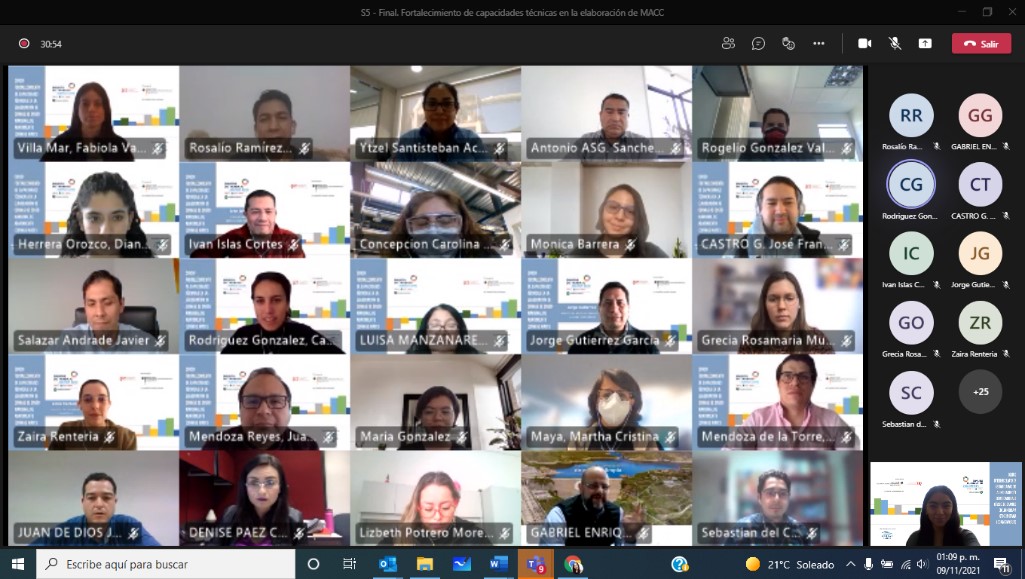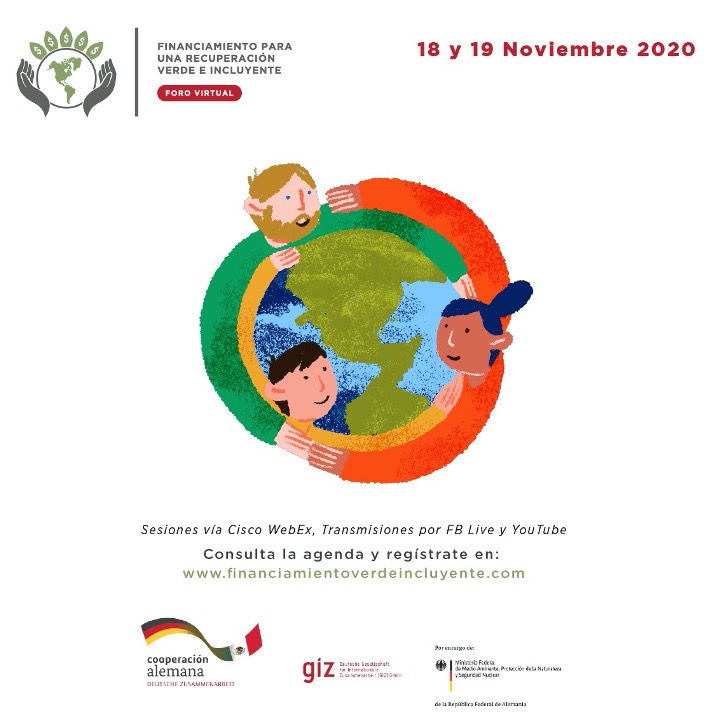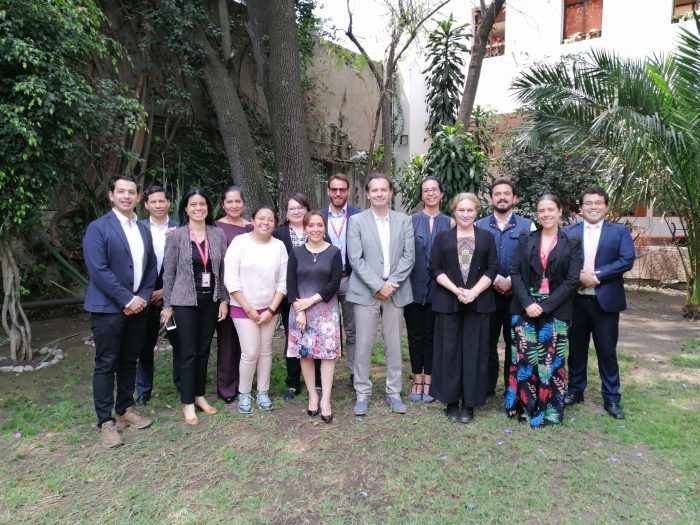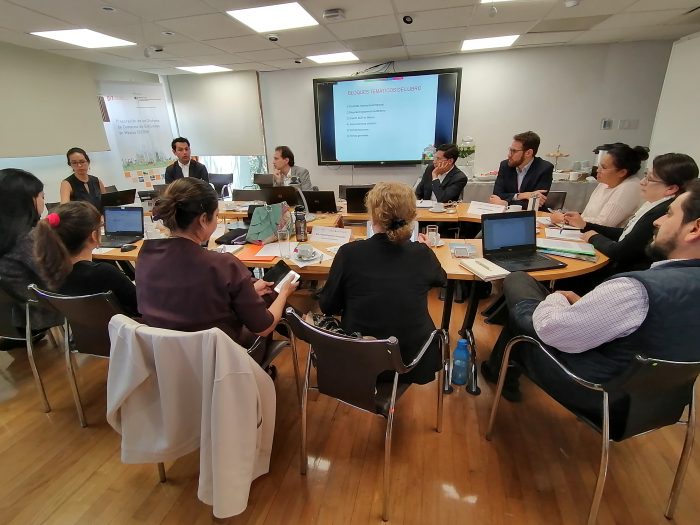More than 500 people representing various organizations from the power sector, lime, cement, mining, oil and gas sectors, among others, who participate in the Emissions Trading System (ETS) of Mexico were part of the second edition of the Training on the ETS for regulated sectors.
Between September and November 2022, 5 thematic modules were developed throughout 25 work sessions, totaling 50 hours of training.
This training was implemented by the Deutsche Gesellschaft für Internationale Zusammenarbeit (GIZ) GmbH (German Cooperation for Sustainable Development), the Ministry of Environment and Natural Resources (SEMARNAT) and in collaboration with the international team of Carbon Limits. It had the participation of national and international experts involved in the design and implementation of the ETS in various jurisdictions, who shared their knowledge and experience in operational, financial and management areas to consolidate their knowledge on the operation of this market instrument oriented to the effective reduction of Greenhouse Gas (GHG) emissions.
The distribution of topics throughout the five modules was established as follows:
- The first module provided the international and national context on general concepts around the ETS, as a carbon pricing instrument, characteristics and differences with other mechanisms.
- Module two consisted of the context under which the System has been developed in Mexico, its particularities and operation, such as the regulated sectors, emission threshold, compliance cycles and obligations of the participants.
- Module three was dedicated to the analysis of key aspects during the Monitoring, Reporting and Verification (MRV) process, good practices, and the main challenges and experiences to contribute to the fulfillment of your company’s obligations.
- In module four, the main considerations on trade and finances of an ETS, basic concepts of trading, transactions and negotiations and investments in mitigation projects were addressed.
- Finally, the last module included topics on organizational structure, carbon management, challenges and opportunities for compliance.
By facilitating these types of spaces, the GIZ SiCEM project continues to provide technical support to SEMARNAT in the creation and strengthening of institutional and technical conditions for the implementation of the ETS in Mexico, aligned with national climate goals.

